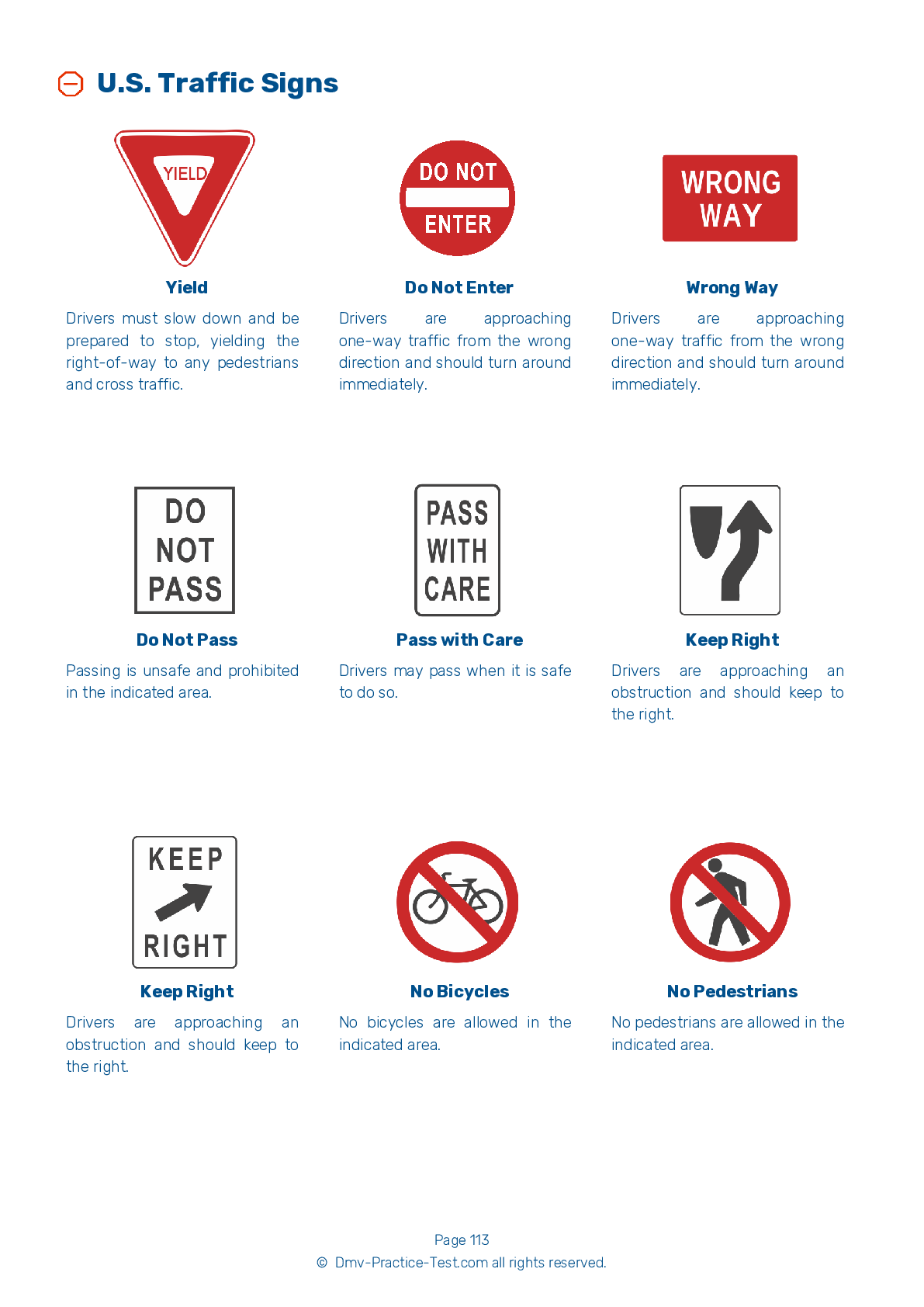Hazmat Test | North Carolina 2025 #2 Page 4 of 5
On our website, we provide FREE practice - CDL hazmat test online! The official exam test consists of several obligatory parts, with all of them checking your knowledge of different blocks of road rules. If you need to obtain a NC CDL hazmat endorsement in 2025, practice as much as possible. Free sample tests published on our website will help you check and improve your knowledge and boost your grades. Please bear in mind that North Carolina requirements for issuing a hazmat endorsement for CDL may vary from those established in other states.
19 . A person attending a placarded vehicle may be:
A person attending a parked placarded vehicle must be either awake inside the vehicle or they must be within 100 feet of it. If not inside the vehicle itself, the person must have a clear view of the vehicle. The person attending may not be inside the sleeper berth.
20 . A driver needs a CDL with a hazardous materials endorsement to transport hazardous materials in:
You must have a CDL with a hazardous materials endorsement to operate a vehicle of any size to transport hazardous materials.
21 . If cargo containing hazardous materials is leaking but the driver does not have access to a phone, they should:
If a cargo of hazardous materials begins to leak, do not move your vehicle any more than safety requires. If you continue to drive, an even larger area will become contaminated. Instead, you should park your vehicle, secure it, stay with the vehicle, and contact the proper emergency personnel. If you do not have access to a phone, you should send someone else to get help.
22 . In general, before loading or unloading any flammable liquids, an engine should be:
Before loading or unloading a tank with flammable liquids, you should turn off the engine, unless running the engine is necessary to operate a pump. Ground the tank before opening the filling hole and maintain the ground until after closing the filling hole.
23 . An improperly placarded vehicle can only be moved:
A vehicle must be properly placarded before it can be driven. A vehicle that does not display the proper placards may not be moved unless doing so is necessary to protect life or property in an emergency.
24 . Shippers package in order to ____ hazardous materials.
Shippers package hazardous materials in a way that is meant to completely contain the materials. Vehicles should be placarded to communicate the risk of the cargo.
See the exact questions that will be on the 2025 North Carolina DMV exam.
99.2% of people who use the cheat sheet pass the FIRST TIME
Lillian MCcranie explains how our CDL study guide was helpful in passing the exam and recommends it to everyone.
Cameron tells us how he purchased the CDL exam, and found it to be a useful tool which helped him pass the exam and find a job.



